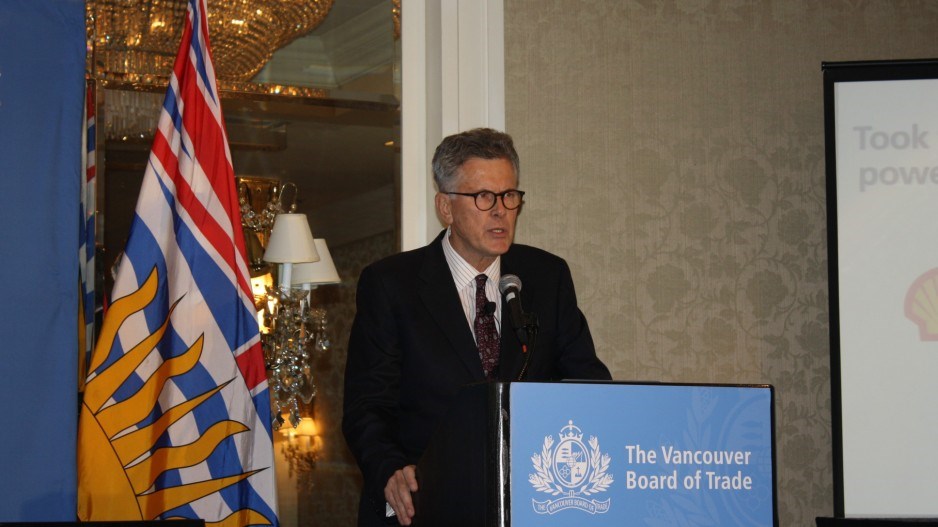Shell’s LNG Canada inched closer to reality near the end of December with the approval of a building permit by the BC Oil and Gas Commission.
According to LNG Canada, it is the first LNG project in British Columbia to receive a facility permit – one of the final key regulatory hurdles to clear before the project can proceed.
Unlike Petronas’ Pacific NorthWest LNG project in Prince Rupert, Shell has already received a Canadian Environmental Assessment Agency (CEAA) certificate for the plant itself, and TransCanada Corp. (TSX:TRP) also received a CEAA certificate for the Coastal GasLink pipeline that will convey natural gas from Northeastern B.C. to Kitimat.
And unlike Petronas, Shell has a key willing First Nation partner on board: the Haisla First Nation.
“We have made excellent progress in the past two years, achieving a number of critical milestones,” LNG Canada CEO Andy Calitz said in a January 5 press release
“Receiving our LNG facility permit could not have been achieved without the important input we received from the Haisla Nation and the local community of Kitimat.”
Unlike Petronas, however, Shell has yet to make a final investment decision. Speaking to the Vancouver Board of Trade in October, Calitz said the company is on track to make a final investment decision in 2016.
Shell has never publicly revealed the total capital cost of the LNG Canada project. However, when he was in Vancouver in October, Calitz said a typical two-train LNG plant like the one Shell plans to build costs around $50 billion, which includes a new pipeline and upstream gas infrastructure.
Calitz also said that the company would need oil prices to “lift a little bit” to provide investors with the cash flow they need to make such a massive investment.
Since making the comment, oil prices have not lifted – they’ve dropped, from US$50 per barrel at the beginning of October to US$36 per barrel.
“While today’s announcement is an important step forward for LNG Canada, the project must ensure it is economically viable and meets several other significant milestones including finalizing engineering and cost estimates, supply of labour, and achieving other critical regulatory approvals before making a final investment decision,” the company said in a press release.
The BCGC facility permit includes 30 conditions, one of which is that residents of Kitimat be given prior notice each time the company plans to flare natural gas. Natural gas is burned as part of the process to chill gas to below 161 degree Celsius in order to liquefy it.




